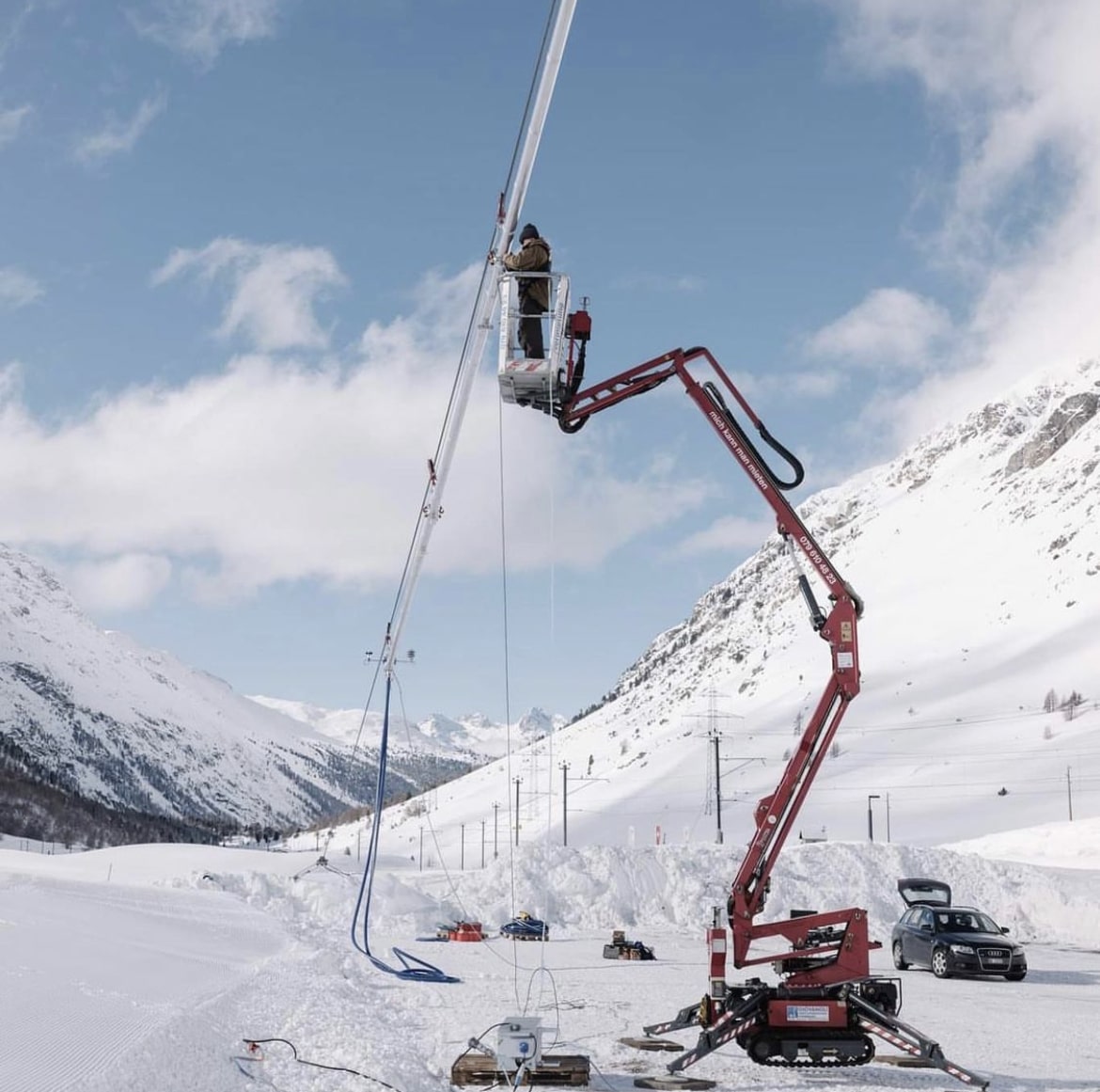
Millions of people are drawn to the Swiss Alps every year and particularly to the eternal ice of the spectacular glaciers. Switzerland has a staggering 1,400 glaciers, but they have been shrinking at an increasing rate, worrying scientists and the general population alike.
A recently published study by the ETH university in Zurich discovered that glaciers have shrunk more than half since 1931. The researchers analyzed 21,700 photographs dating back to 1916-1947 to create a glacier surface topography model, helping them to calculate the loss in glacial volume more accurately.
Data from Glacier Monitoring Switzerland (‘Glamos’) shows that the Morteratsch Glacier in the Upper Engadin is losing 2in (5cm) every day. The Morteratsch glacier has lost a record volume so far and has already reached the end of summer level usually seen in late September at the end of July. However, the rapid early melt provided the opportunity for a promising new initiative: The 1st Glacier Clean-Up-Day.
On August 11 about 60 people met on Diavolezza with three mountain guides to clean up the Pers Glacier. This Glacier Clean-Up-Day was organized by Go Vertical in cooperation with Bernina Glaciers. Fittingly, it also coincided with the Japanese National holiday: ‘Mountain Day’, which was started in 2016 by the Japanese Alpine Club.

The Pers Glacier is located about 10 miles southeast of St. Moritz and used to flow into the Morteratsch Glacier. Due to glacial melt, it is now separated by rocks and debris.
In three hours, a staggering 1,631 pounds or 740kg of rubbish were collected, ranging from large items like old wooden skis or insulation mats to small items such as styrofoam, old cans, fabric pieces, and rusty nails.

The garbage was flown via helicopter the same day straight to Pontresina where it was displayed to help raise awareness of the perilous situation our glaciers are in. Some of the more interesting finds were auctioned off to raise funds for MortAlive. A total of $630 (CHF 600) was raised.

MortAlive is the brainchild of professor Dr. Felix Keller and Academia Engiadina in conjunction with the Dutch university of Utrecht under stewardship of Professor Dr. Johannes Oerlemans. Oerlemans is a renowned glaciologist and has been measuring the Morteratsch glacier since 1995. The Morteratsch has shrunk by almost 2 miles (3km) in the last 170 years.

The idea put forward by MortAlive is to use the snowmelt from the summer to create snow to protect the glacial ice sheet. It is basically a form of recycling melt water rather than feeding it into the rivers and thus insulating the glacial ice layer from the summer sun. Snowmelt has been used to do this in some smaller areas but it would be too costly and difficult to execute on the Morteratsch glacier due to the sheer size and dangerous crevasses on the glacier.

The glaciers are an important storage of fresh water supplies, especially in arid climates like the Himalayas or Andes. A study by Dr. Hamish Pritchard estimates up to 221 million people in the Himalayas would be directly affected by a tightening of glacial fresh water supplies. Covering the glaciers with snow could delay this melt and preserve these freshwater reserves for future generations.
The machine developed to make this snow is called the NESSy ZeroE, which stands for New Energy Efficient Snow System and Zero Emission. The machine can produce snow without the use of any electricity, simply by using water pressure. A rope system with suspended snow-heads above the glacier distributes this man-made snow evenly across the glacial surface.

The team at MortAlive estimates that with the use of their machines the glacier could grow again in 10 years if just 10% of the Morteratsch glacier could be covered. They are basing this on the measurements by Professor Oerlemans as well as Swiss measurements dating back to 1878.
The snow rope was successfully trialed last winter at the Diavolezza base station. If the full-scale pilot project in Switzerland is successful, the MortAlive team is hoping to roll it out globally.

